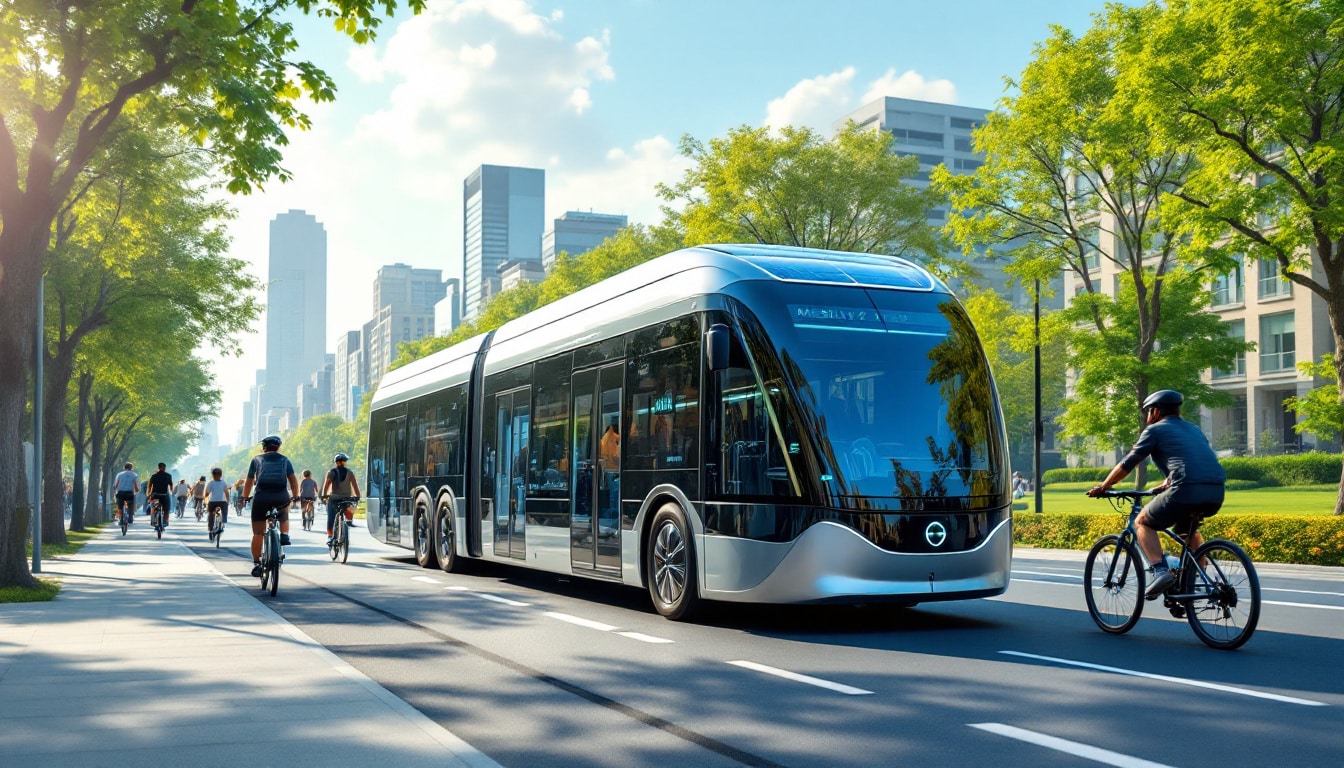The concept of Mobility as a Service (MaaS), translated as “Mobility as a service,” redefines the way we envision urban and interurban mobility. It is an innovative approach that proposes to group different transport services into a single platform. This allows users to plan, book, and pay for an intermodal journey from a single interface. The main objective of MaaS is to simplify mobility for the passenger and reduce the use of individual cars, thus offering more eco-friendly and efficient transportation solutions.
The MaaS aims to provide users with an integrated, comprehensive, and simplified service. This philosophy involves coordinated governance among various transport service providers. By bringing together options for subways, buses, bike-sharing, carpooling, and even electric scooters, the MaaS platform allows for optimal journey planning according to each user’s needs and preferences.
Significant in the context of smart cities, the MaaS platform allows the use of real-time data to offer travel suggestions based on current traffic conditions, weather, or even unforeseen events. It often integrates predictive maintenance features that enable operators to improve operational efficiency while ensuring a better quality of service.
One of the standout traits of MaaS is its unified character. This system offers a harmonized interface where the processes of booking and payment are centralized. This means that the user no longer needs to juggle multiple applications or tools. This simplification encourages the adoption of alternative modes of transport, supporting a more sustainable approach to urban mobility.
Indeed, MaaS is not just a matter of technological integration; it also concerns cultural transformation. By replacing the classic idea of vehicle ownership with shared use and reliance on public transport, it paves the way for a more collective mobility culture. Economic concepts such as the sharing economy and on-demand manufacturing fit well into this trend.
However, the development of MaaS requires serious consideration of issues related to competition law. The aim is to ensure fair access for all service providers on the platform while maintaining transparent and equitable pricing for end users.
In summary, MaaS represents an essential solution to meet individual transport needs in an increasingly digital society. It embodies a vision of the future where efficiency, sustainability, and simplification come together to revolutionize our travel habits.

Table des matières
ToggleFAQ on the concept of MaaS (Mobility as a Service)
Q: What is MaaS?
A: MaaS, or Mobility as a Service, is a modern approach to mobility that aims to simplify transport by integrating different modes of travel on a single digital platform. This allows users to plan, book, and pay for their journeys in an intermodal manner.
Q: What is the main objective of MaaS?
A: The main objective of MaaS is to reduce the use of individual cars by promoting more efficient and environmentally friendly transport alternatives. This includes the integration of public transport services, carpooling, bike rentals, and more, to provide a comprehensive and unified mobility solution.
Q: How does MaaS work?
A: MaaS works by offering various modes of transport on a single platform, allowing users to plan their trips smoothly. Through coordinated governance of transport services, MaaS enables an integrated experience where users can combine different means of transport for their daily journeys.
Q: Why is MaaS considered an essential solution today?
A: MaaS is considered essential because it addresses the growing challenges of urban congestion, pollution, and limited resources. By providing a practical and accessible platform, it encourages the adoption of sustainable mobility solutions and helps improve the operational efficiency of transport systems.
Q: What are the innovations associated with MaaS?
A: Among the innovations associated with MaaS, there is the development of digital applications that allow for unified management of bookings and payments, as well as the application of advanced concepts such as smart contracts to enhance transactions within the mobility supply chain.





